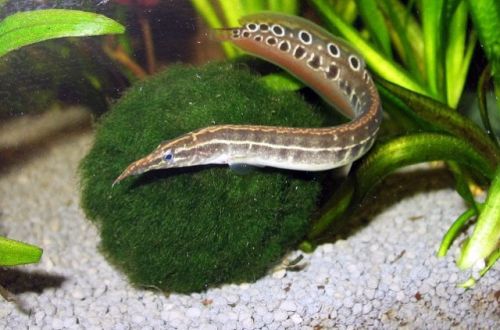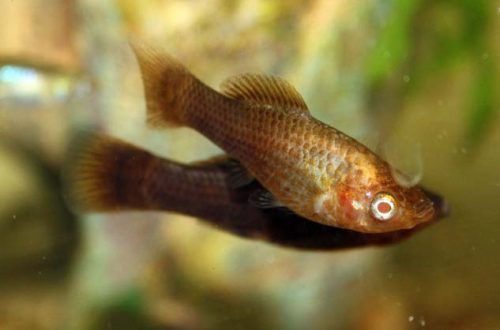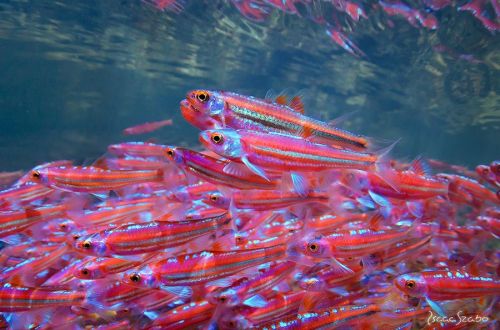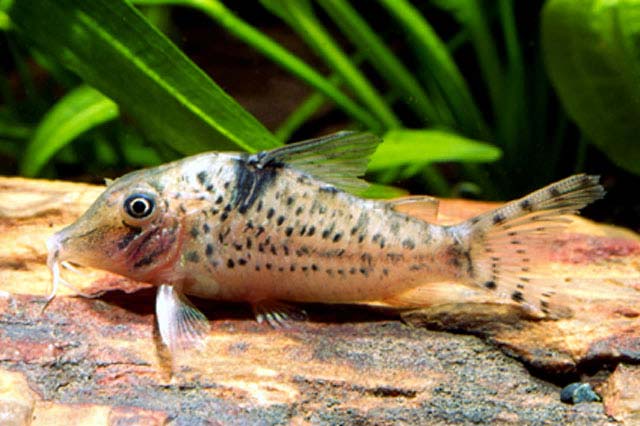
Flea catfish
The flea’s catfish, scientific name Corydoras blochi, belongs to the family Callichthyidae (Shell catfish). The fish is native to South America. The natural habitat extends to numerous river systems, including the Amazon basin. The fish can be found in Venezuela, Guyana and the northern states of Brazil.
Contents
Flea catfish
 The flea’s catfish, scientific name Corydoras blochi, belongs to the family Callichthyidae (Shell catfish)
The flea’s catfish, scientific name Corydoras blochi, belongs to the family Callichthyidae (Shell catfish)
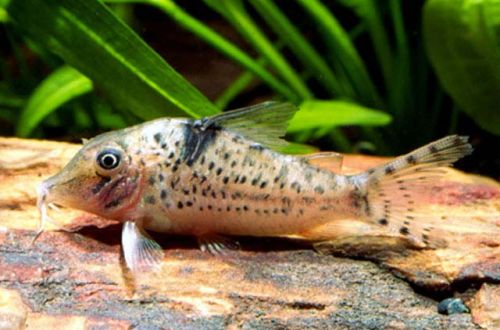
Description
Adults reach a length of about 5 cm. Morphological features are identical to most other Corydoras. Catfish has a strong stocky body, covered with rows of bone plates, and its first rays of fins have changed into a kind of spikes. All this protection makes it invulnerable to small predators.
Bloch’s catfish has a light body color with a pattern of black rounded specks. A characteristic feature is the dark pigmentation at the base of the dorsal fin.
Behavior and Compatibility
Like most other representatives of the genus, this catfish is distinguished by a peaceful, calm disposition. Prefers the community of conspecifics, but is also successfully compatible with other non-aggressive species of comparable size and temperament.
Brief information:
- The volume of the aquarium – from 40 liters.
- Temperature – 20-25°C
- Value pH — 6.0–8.0
- Water hardness – soft to hard (2-25 dGH)
- Substrate type – any soft
- Lighting – moderate or bright
- Brackish water – no
- Water movement – light or moderate
- The size of the fish is about 5 cm.
- Food – any sinking food
- Temperament – peaceful
- Keeping in a group of 3-4 fish
Maintenance and care, arrangement of the aquarium
The optimal size of the aquarium for a group of 3-4 fish starts from 40 liters. In the design, it is important to provide places for shelters and areas of sandy soft soil for digging. As a shelter, you can use both artificial decoration elements and natural snags (pre-treated), thickets of plants, leaves of some trees, etc.
Wild individuals need soft slightly acidic water. However, acclimatized fish are able to successfully adapt to higher pH and dGH values.
They are considered unpretentious and easy to maintain. Regular maintenance of the aquarium and the smooth operation of the filtration system will keep the water quality at an acceptable level.



